The Healthcare Insurance Market is currently characterized by a dynamic competitive landscape, driven by a confluence of technological advancements, regulatory changes, and evolving consumer expectations. Major players such as UnitedHealth Group (US), Anthem (US), and Cigna (US) are strategically positioning themselves through innovation and digital transformation. UnitedHealth Group (US) emphasizes a data-driven approach to enhance patient outcomes, while Anthem (US) focuses on expanding its telehealth services to meet the growing demand for remote healthcare solutions. Cigna (US) is actively pursuing partnerships with technology firms to integrate artificial intelligence into its claims processing, thereby streamlining operations and improving customer experience. Collectively, these strategies not only enhance operational efficiency but also intensify competition within the market.
In terms of business tactics, companies are increasingly localizing their services and optimizing supply chains to better respond to regional healthcare needs. The market structure appears moderately fragmented, with a mix of large incumbents and smaller players vying for market share. The collective influence of key players like Humana (US) and Kaiser Permanente (US) further shapes the competitive environment, as they leverage their extensive networks to provide comprehensive care solutions. This competitive structure fosters an environment where innovation and customer-centric strategies are paramount.
In August 2025, Anthem (US) announced a strategic partnership with a leading telehealth provider to enhance its virtual care offerings. This move is significant as it aligns with the increasing consumer preference for accessible healthcare services, particularly in underserved areas. By expanding its telehealth capabilities, Anthem (US) not only addresses immediate healthcare needs but also positions itself as a leader in the digital health space, potentially attracting a broader customer base.
In September 2025, Cigna (US) launched a new initiative aimed at integrating AI into its customer service operations. This initiative is noteworthy as it reflects a broader trend towards automation in the healthcare insurance sector. By utilizing AI to handle customer inquiries and claims processing, Cigna (US) aims to reduce operational costs while enhancing customer satisfaction. This strategic focus on technology integration may provide Cigna (US) with a competitive edge in an increasingly digital marketplace.
Moreover, in October 2025, UnitedHealth Group (US) unveiled a new health management program designed to support chronic disease patients through personalized care plans. This initiative underscores the company's commitment to improving health outcomes and reducing overall healthcare costs. By focusing on chronic disease management, UnitedHealth Group (US) not only addresses a critical area of healthcare but also positions itself as a proactive player in the market, likely enhancing its reputation and customer loyalty.
As of October 2025, the competitive trends within the Healthcare Insurance Market are increasingly defined by digitalization, sustainability, and the integration of artificial intelligence. Strategic alliances are becoming more prevalent, as companies recognize the value of collaboration in enhancing service delivery and operational efficiency. Looking ahead, it appears that competitive differentiation will increasingly hinge on innovation and technology, rather than solely on price. The shift towards reliable supply chains and advanced technological solutions suggests that companies that prioritize these areas may emerge as leaders in the evolving landscape.


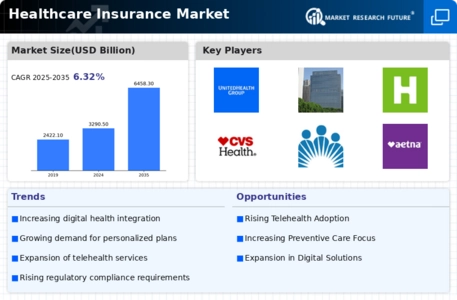
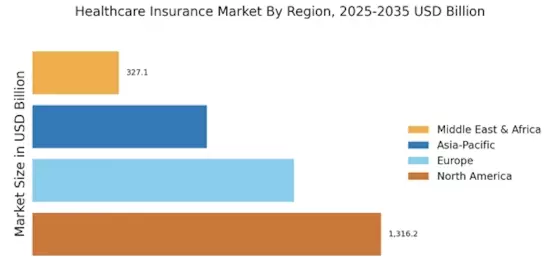
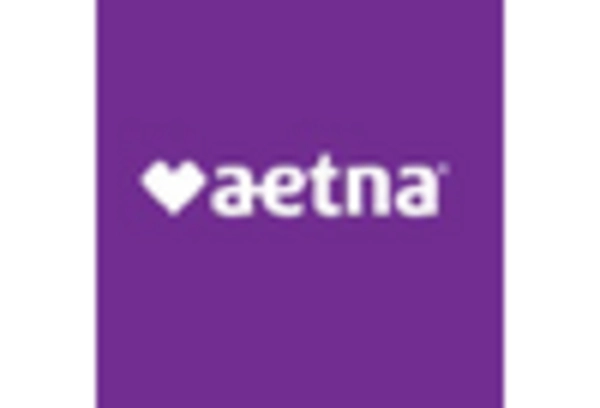

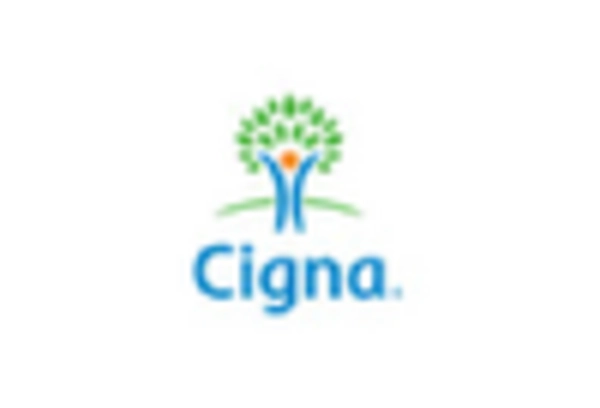
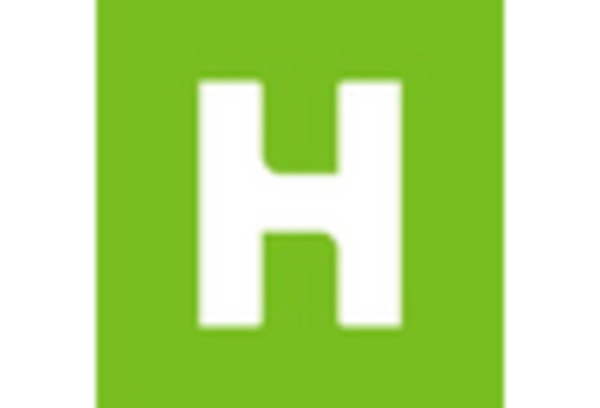










Leave a Comment